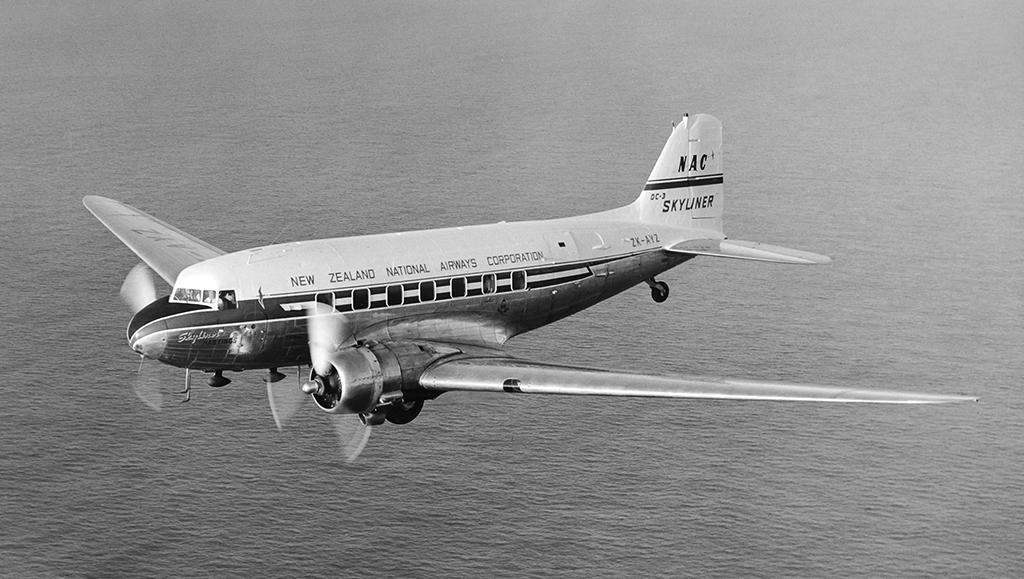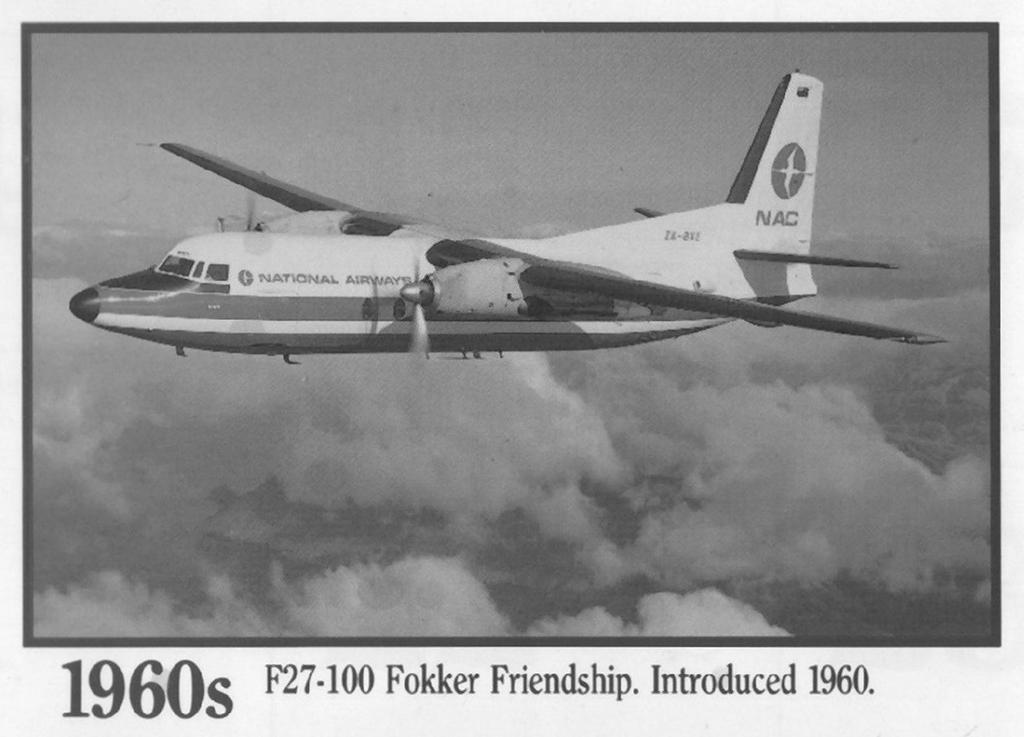Air New Zealand celebrates its 75th anniversary in 2015, and the country’s national museum in Wellington is marking the occasion with a major exhibition on the airline’s story. The prominence of the venue is appropriate, given the huge role the carrier has played in New Zealand’s cultural history and development.
The airline has used a wide range of aircraft types over the years, as it grew from operating flying boats solely on Australia routes, to deploying the largest widebody jets to the opposite side of the globe. Aviation Week takes a look at some of the iconic aircraft the airline has owned and the people who flew in them, and we include a few highlights of the 75th anniversary exhibition.












